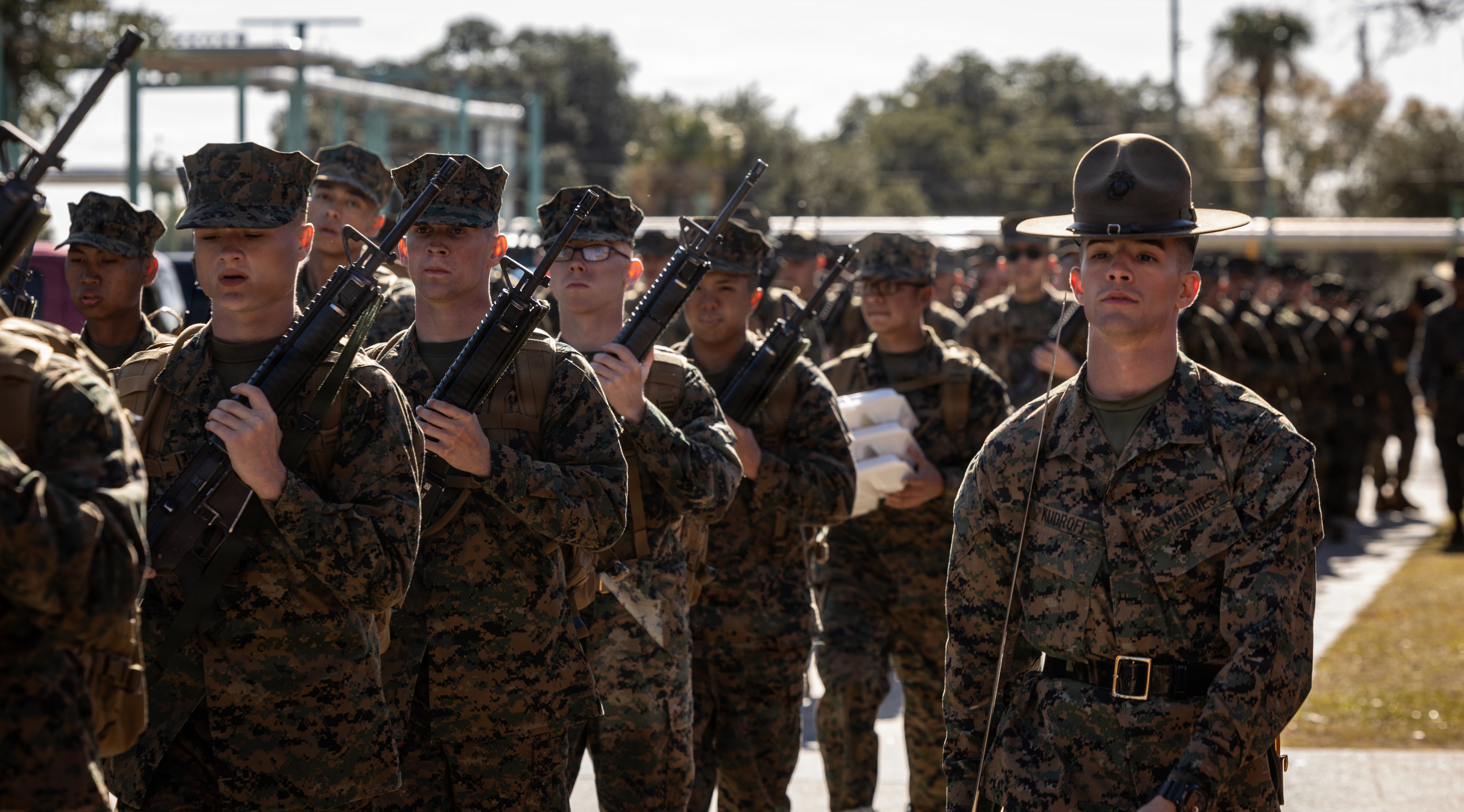Why is Russia sending a powerful new surface-to-air missile system to Syria? There are any an array of theories.
The Russian military announced this past week that it intends to install an S-300V air defense system at the Syrian port of Tartus, where Russia maintains a Navy facility. The Russians may be worried that the U.S. will soon launch a far more aggressive air campaign that targets the Syrian regime of President Bashar al Assad. Or the Russians may be sending a political message about their intent to be a player in the Middle East.
Moscow may be concerned about Turkey, using the new missile system to intimidate its regional rival. Or it may just be that Russia wants to put its S-300V in the spotlight in the hopes of selling it on the international market.
The S-300V is a highly sophisticated system primarily designed to strike down incoming ballistic missiles. It can also be used to target enemy aircraft.
Last year the Russians brought to Syria an S-400 system, designed specifically to hit combat aircraft. Yet the addition now of the S-300V, with its potential range of up to 250 miles, gives the Russians far greater reach into the Middle East.
"This is a serious escalation," said Mark Gunzinger, a former Air Force bomber pilot who is now a senior fellow with the Center for Strategic and Budgetary Assessments in Washington. "It’s not clear whether they intend to actually use it, or whether they are just signaling a strong message to the U.S. that 'we are here to stay, that we're not going to relinquish the gains that we've made.' "
Pentagon spokesman Peter Cook said the Russian missile system would not affect operations in the U.S.-led air campaign against the Islamic State group inside of Syria. And for now, the Russians have no reason to target U.S. aircraft because Moscow also views ISIS as its enemy. But as talks over the violence in Syria have broken down between the U.S. and Russia, the Russians may suspect the U.S. will begin striking Assad's forces.
A top Russian military officer raised that concern on Thursday, warning that Russia would view a strike on the Syrian regime as a direct threat to Russia.
"Any missile or air strikes on the territory controlled by the Syrian government will create a clear threat to Russian servicemen," said Russian Maj. Gen. Igor Konashenkov.
The Obama administration has all but ruled out a strike on Assad. But with a new commander in chief taking over in January, that option may be back on the table for discussion. And the new Russian system will make that far more difficult.
"If the U.S. decided to seek a regime change by direct military action — that is a huge if — then one of the things they’d have to consider is ‘do we attack the Russian air defenses? Or do we simply conduct the operation in a way that we are not put at risk by them?" Gunzinger said.
Other experts say the U.S. may not be Russia’s primary concern.
"Keep in mind that the other player here is Turkey," said Steve Zaloga, a senior analyst with the Teal Group, a defense consulting firm in Virginia.
Zaloga noted that the Turkish military has publicly displayed its own ballistic missile systems in recent years. Turkey is staunchly opposed to Assad. And relations between Russia and Turkey have been rocky since the Turkish military shot down a Russian jet that veered into Turkish air space last November.
"It may be a threat they see coming from Turkey. That may be the issue," Zaloga said in an interview.
Another theory suggests that geopolitics factor little role into Moscow’s decision. Instead, the Russians may be installing the missile system in Syria — the first time the S-300V has been deployed outside of Russia — as a way to draw attention from the international arms market to this particular weapons system.
"They’ve been trying to export it for the past few years. One reason might be to simply give this system a little more public visibility. It’s a very expensive very high end system. That could be one of the motives," Zaloga said.
Regardless of the motivation, it's a provocative move.
"The Russians may have felt that they needed a certain package to deal with a full-blown American air campaign. The Russians sometimes come up with these really paranoid scenarios where they see war being imminent everywhere," Zaloga said. "If you have a paranoid assessment of what the West’s intentions are, then the S-300V makes a certain amount of sense."
Andrew Tilghman is the executive editor for Military Times. He is a former Military Times Pentagon reporter and served as a Middle East correspondent for the Stars and Stripes. Before covering the military, he worked as a reporter for the Houston Chronicle in Texas, the Albany Times Union in New York and The Associated Press in Milwaukee.





